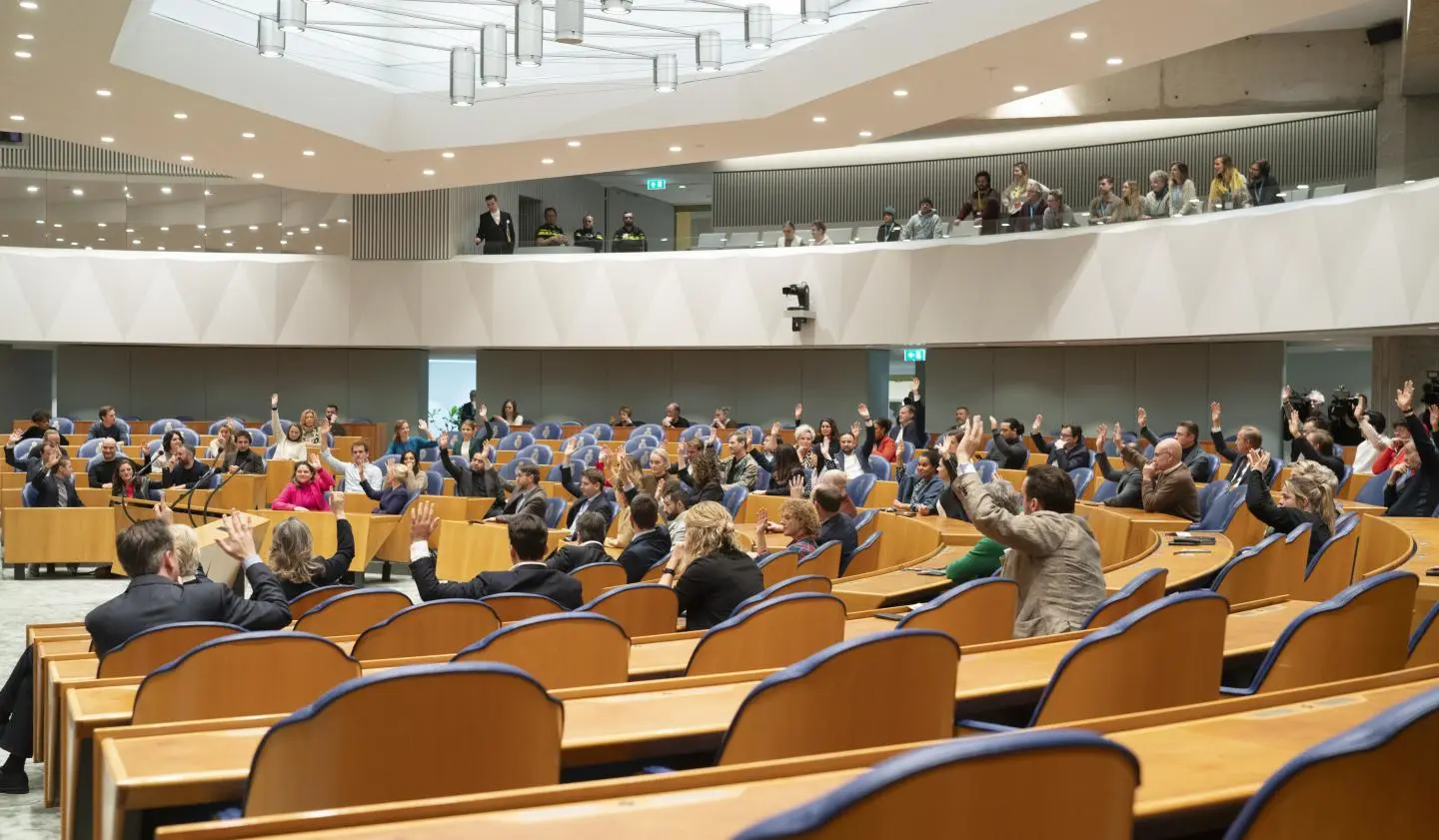
Exciting preliminary results from the House of Representatives elections: D66 the largest party
Share on social media:
On 29 October, the Dutch were allowed to vote in the elections to the House of Representatives. The votes are still being counted at this time, but D66 is leading for now with a few more votes than the PVV. Both parties have 26 seats. This is followed by VVD, GL-PvdA and CDA.
D66 and PVV at 26 seats, D66 more votes
D66 and PVV both currently stand at 26
It will also become clearer over the coming week which candidates on the electoral list received the most votes. Then we will know, for example, which candidates received enough '
In addition, all votes from the islands in the Caribbean Netherlands were counted. On the island of Bonaire, D66 received the most votes. On the island of Saba, D66 also received the most votes. On St. Eustachius, the most votes went to NSC.
Next week it will become clear how many seats each party finally gets in the
VVD, GL-PvdA and CDA lag behind in votes
VVD remains at 22 seats in the current counts, which is 2 less than in the previous election in 2023. GL-PvdA stands at 20 seats, which is 5 less than in 2023. CDA comes next, with 18 seats, compared to 5 seats in the 2023 election. The remaining parties all remain below 10 seats, with the largest parties being JA21 (9 seats) and FvD (7 seats).
After 5 days, all national votes will be determined
The
It takes at least 8 days for the Council of Elections to know exactly which politicians will be in the House of Representatives
The Council of Elections counts the numbers of votes from the paper official report of the principal polling stations and also checks the counts of the municipal polling stations. Based on these counts, the Council of Elections determines the distribution of seats. The number of votes divided by the 150 seats in the House of Representatives determines how many votes are needed for a seat, and how many seats a party receives.
The Council of Elections determines the results in a public session. Based on the results, the Council of Elections appoints the elected members of the House of Representatives. This will not therefore happen for over a week.
What will happen next?
In just over a week, the results will be known. Then it will become clear which party is the largest. This party will appoint a '
This process of talks between different parties to form a majority (76 of the 150 seats) of the House of Representatives is called the formation. This formation eventually forms a